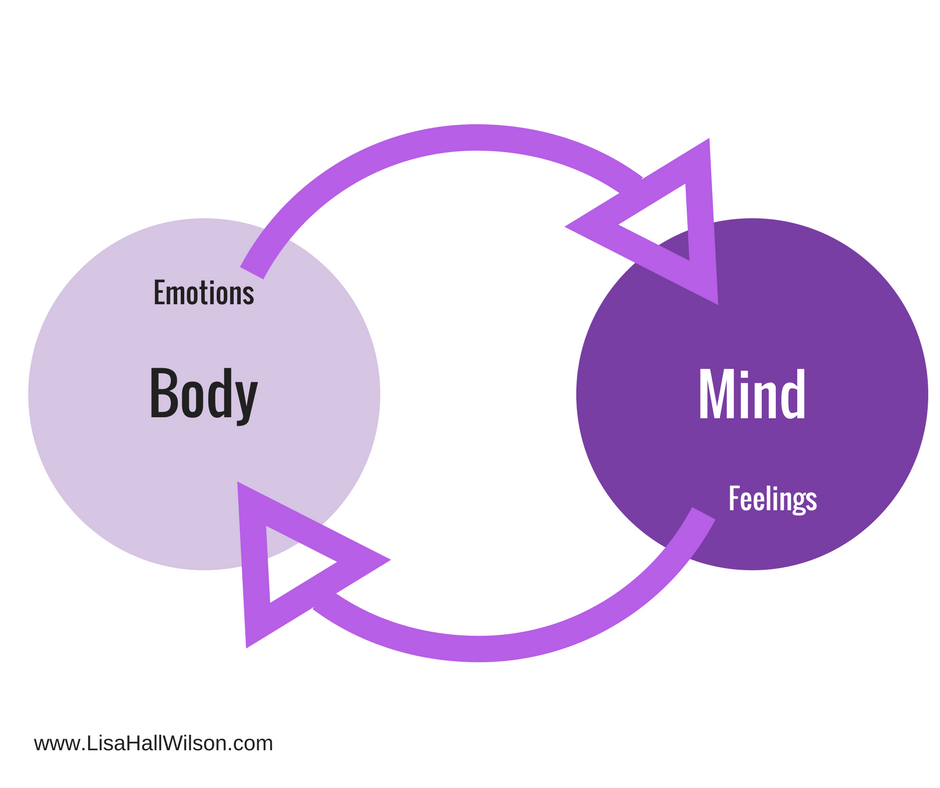As writers, part of what makes us good at our jobs is the natural inclination for self-awareness and introspection. Understanding the difference between “feelings” and “emotions” is important, especially when using an intimate writing style such as Deep Point of View (POV). I came across this in my research this week and it kinda blew my mind – so I had to share.

Often in English, feelings and emotions are considered interchangeable, but Psychology tells us they are distinct though two sides of the same coin. As wonderfully rich as the English language is, many of us have become lazy in our everyday usage of it. I mean lazy in the sense that we shorten what we say so that the same saying or word could mean a variety of things, when the words exist to be specific. Sometimes we’re vague on purpose, sometimes we’re just lazy and assume we’ll be understood via context.
Take the statement: I am proud. This could mean I have done something specific I am proud of (emotion). I am generally proud of something (feeling). I am a proud person (trait).
When writing in Deep POV, we want to share the emotional journey with readers, allow them to immerse themselves in the story and so we want to remove as much distance as possible between the reader and the character — bring clarity and authenticity. When we write in a way that describes processes we don’t think about or have become lazy about, our readers experience a depth and richness that feels fresh and is full of surprises.

Emotions Are…
Emotions are physical, instinctive, observable (microfacial expressions, body posture, tone of voice, sweating, etc), and measurable (brain activity, blood flow, etc). Showing emotions shouldn’t cause writers to stumble, but often we limit ourselves to five or six fall-back emotions when there are a great range to choose from. Emotions are the same across all humans (for the most part) and even animals: happy, sad, etc. Typically, emotions force us to DO something; because emotions are instinctive reactions they are usually predictable. See a lion following you = fear.
Emotions are usually fleeting and dissipate quickly. Emotions equip us to survive an immediate situation or event.
Feelings can last for a very long time. Feelings equip us to survive long term in both body and mind.
Feelings Are…
Feelings are the mental associations we make or how we interpret emotions. Feelings can’t be measured (because they happen primarily in our our minds), they’re individual, and are often illogical or irrational. Feelings are determined by personality, past experience, social context, and temperament. Five people may experience the same event and have the same emotional response, but may express and label that emotion differently depending on how they feel.
Someone bumps into me in the hallway and my books fly into the air. I am surprised (emotion), but it’s my personality, past experience, and social context that dictates how I feel about that event. I can feel shocked, scared, intimidated, embarrassed, gracious, frustrated, etc.
Attraction is an emotion. Love is a feeling.
Anger is an emotion. Bitterness is a feeling.
Fear is an emotion. Scared, anxious, insecure, weak, rejected, threatened are feelings.
How Does This Apply To Writing Fiction?
So, you still think “feelings” look an awful lot like “emotions” and I hear you. For writers these distinctions are largely semantics, however the underlying process is important because we want to write emotions in layers.
Let’s create a fictional scenario — an event — for our character that forces an emotional reaction (meaning, this requires a physical and immediate response).
A woman is out with friends and from a distance sees her husband lean in, embrace, and kiss another woman.
Primary Emotion
This will elicit an immediate physical and uncontrollable reaction (emotion). Let’s say the primary emotion is surprise. This has hit her from out of left field. Surprise is the base emotional layer. This will be observable by her friends. What’s wrong? They will SEE her surprise. She will have an instinctive physical response that’s measurable — heart rate increases, eyes widen, jaw drops. Maybe she drops her bags or runs into something because she’s staring. Pick a couple of details to SHOW this surprise emotion. You get the idea?
Feeling
Feelings are the mental associations or interpretations of that emotion — surprise. This is where her personality (character traits), past experience, and social context come into play. Is she naturally jealous, insecure, or suspicious? Let’s say the surprise leads to shock, confusion, or betrayal. Does she have past experiences that will play into this and color her feelings and reactions? Will those feelings trigger another emotion like fear? You show this primarily through internal dialogue. What’s she thinking? If her feelings trigger another primary emotion, there will be additional physical reactions. You see how the layers add up? As the layers add up, strategically pick the details to show the reader what’s at stake emotionally for the character, or pull way back (as opposed to going deeper still).
“To put it simply when character emotions are highly painful, pull back. One secret ingredient behind effective showing can be summed up in this word: subtext. When there’s a feeling we’re not being told, but it is evident anyway, that underlying feeling is subtext. It’s the unspoken emotional truth. When we discern it, it’s a surprise.” Donald Maass, The Emotional Craft of Fiction
Possible Secondary Emotion
She glances at her friends. Did they see him too? They haven’t. She’s swamped by this tidal wave of emotions and feelings and her body is forcing her mind to DO something. Secondary emotions may now get thrown into the mix: anger, shame, anxiety, etc. (Secondary emotions are caused by primary emotions – we don’t simply jump to anger, the anger is a reaction to something) Those secondary emotions could trigger further feelings. (Get this e course with 5 intermediate lessons on on writing emotions in layers)
She has to DO something. Maybe she pretends she doesn’t see her husband at all. Doesn’t mention it to her friends. Knowing she’s a naturally insecure person, her thoughts (internal dialogue) will reflect what she’s feeling. She knew this was going on, she’s such a fool. She knew he wasn’t happy. She isn’t pretty/thin/rich/successful/fill-in-the-blank enough. Perhaps her insecurity catapults her to anger and she drops her bags and screams at him. Maybe her surprise leads her to outrage and she points him out to all her friends — she needs revenge.
But I’m not going to stop there. These are two predictable reactions to those emotions and feelings. Readers will sympathize, but it won’t surprise them. I want a reader leaning in to find out what’s going to happen next. No, THIS woman already knows about the affair, but now she knows who the woman is. He’s sleeping with his boss’ wife. Now she has leverage, but she needs proof. Containable proof, so she says nothing to her friends and reaches for her phone to Google a friend with few morals to get pictures. Let him have his cake, she’ll be one who gets fat off it.
Always dig for that third or fourth option with your character’s responses to emotions and feelings.
Emotional Layers
At this point, your character’s emotions may have seen between two and five layers. There’s no right or wrong number of layers. Typically, you save the most emotionally trying scenes for points of high conflict. These scenes should be emotionally complex and elicit a surprising reaction. But each layer can be shown either through what the character feels physically, is observed by others, what she’s thinking (including subtext), and then how she responds. This provides the reader with a process they can immerse themselves in, connect with the character, and FEEL something themselves.
What book did you read recently that surprised you, that had you leaning in and immersing yourself in the story?
Been told you should learn Deep Point Of View? Had an editor or critique partner tell you to “go deeper” with the emotions in your fiction? Looking for a community of writers seeking to create emotional connections with readers? Check out the Free Resource Hub and then join the Going Deeper With Emotions In Fiction Facebook group.
Comments (4)